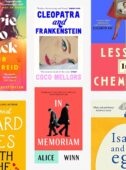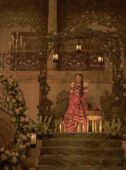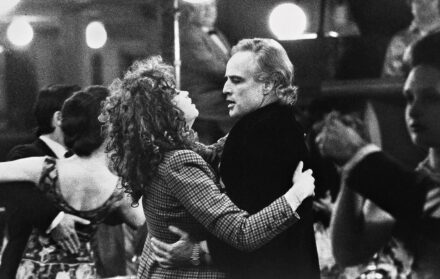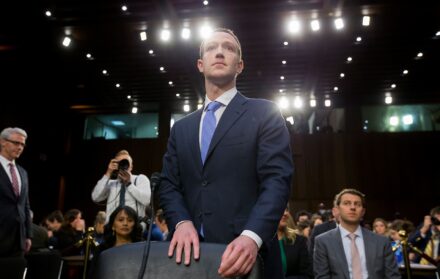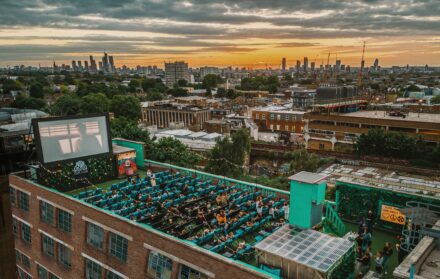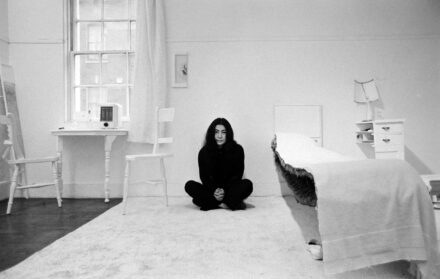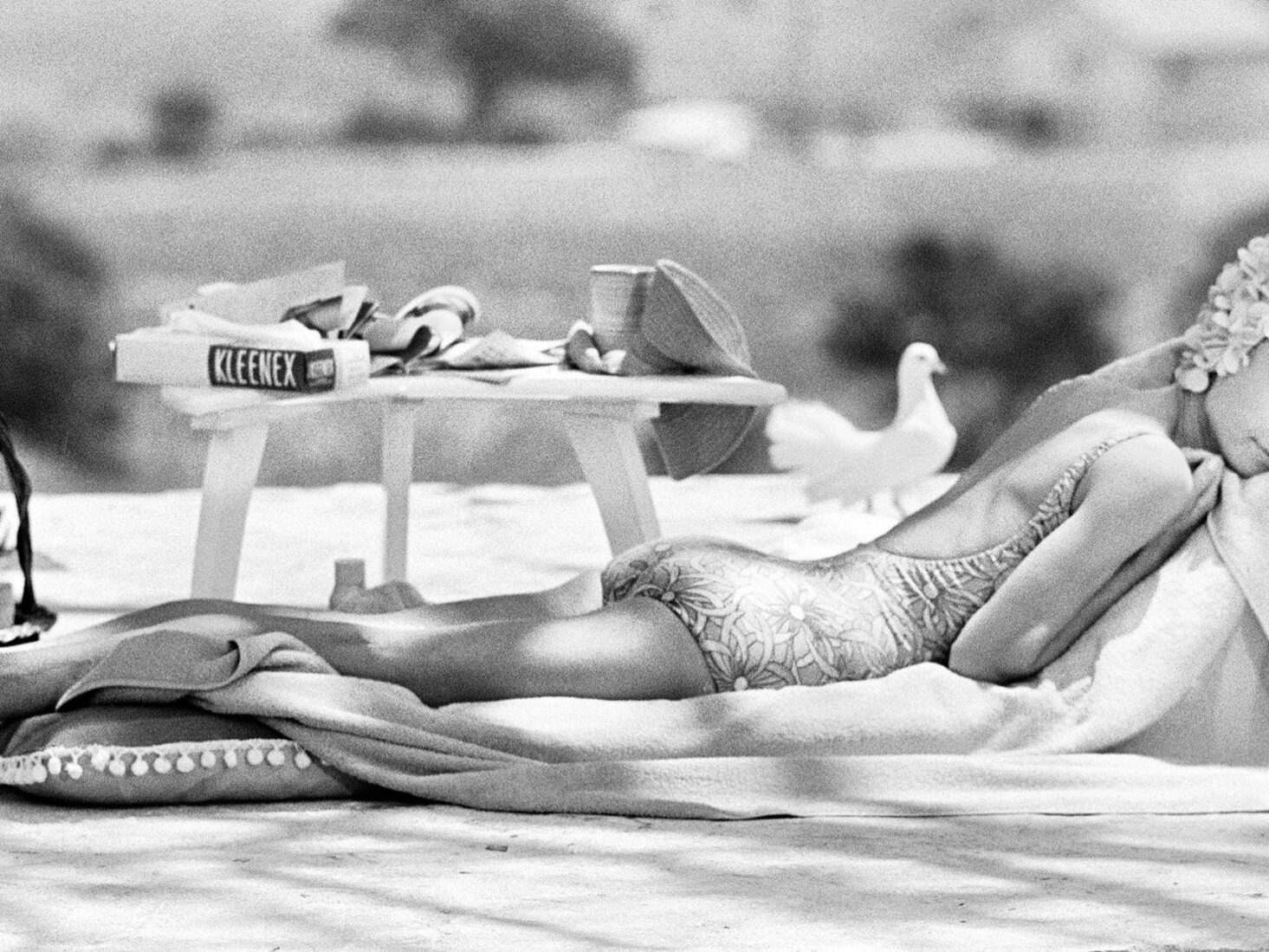
Terry O’Neill On A Life Behind The Lens
As a new exhibition of Terry O’Neill’s unseen snaps opens in Chelsea, the veteran photographer recalls meeting his most famous subjects, from Nelson Mandela to HM The Queen
At the start of their careers, Terry O’Neill, The Rolling Stones and The Beatles would head to Leicester Square’s now-closed soul and blues club Ad Lib and discuss what jobs they were going to get next. O’Neill, then a budding jazz drummer who accidently found himself shooting photography, went on to become one of Britain’s seminal shutterbugs. At the time he was more famous than either of the rock groups and the youngest photographer on Fleet Street at just 20. As for what happened to the others – history speaks for itself.
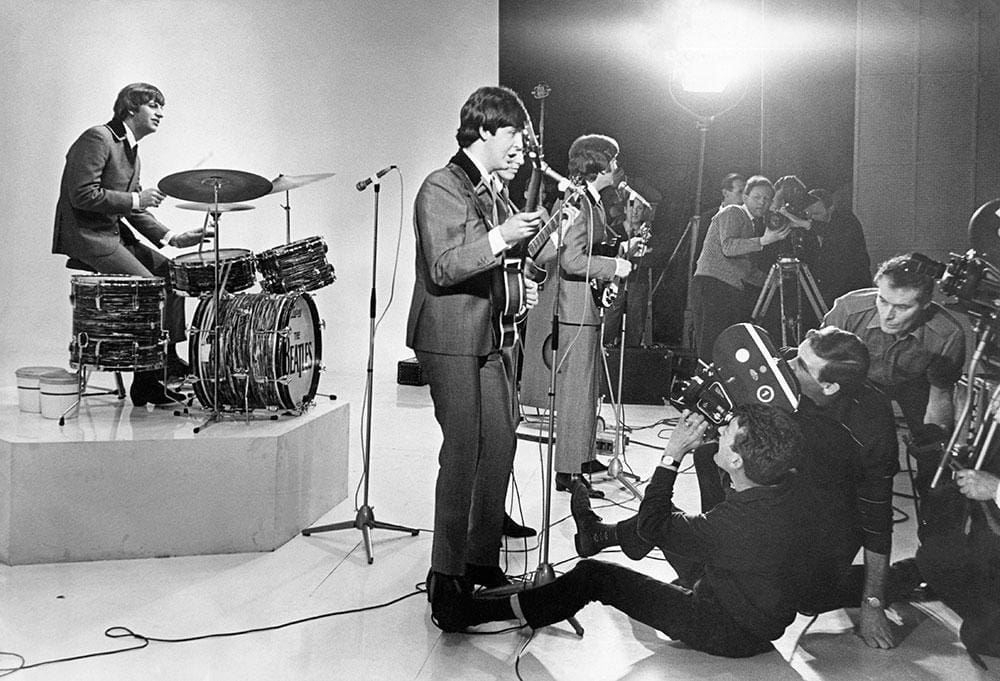
Born in 1938, O’Neill initially trained as a priest before setting his sights on a jazz career in the US. He applied for a job at British Airways as a steward, with a plan to take advantage of the airline’s New York route, but ended up in the photographic department, wandering around Heathrow snapping emotional Love Actually-style arrivals and goodbyes.
A chance shot of the then-home secretary Rab Butler asleep in the departures lounge had Fleet Street calling, and he found himself working for The Sunday Dispatch and, shortly after, The Daily Sketch.
“I was totally self-taught, and I didn’t know what I was doing,” O’Neill admits. “[The Daily Sketch] took me on because I was a musician, and the editor had an inkling that pop music was going to be big in the 60s. They said: ‘your first job is to go down to Abbey Road and photograph this new group called The Beatles’ – and that was the start of my life.”
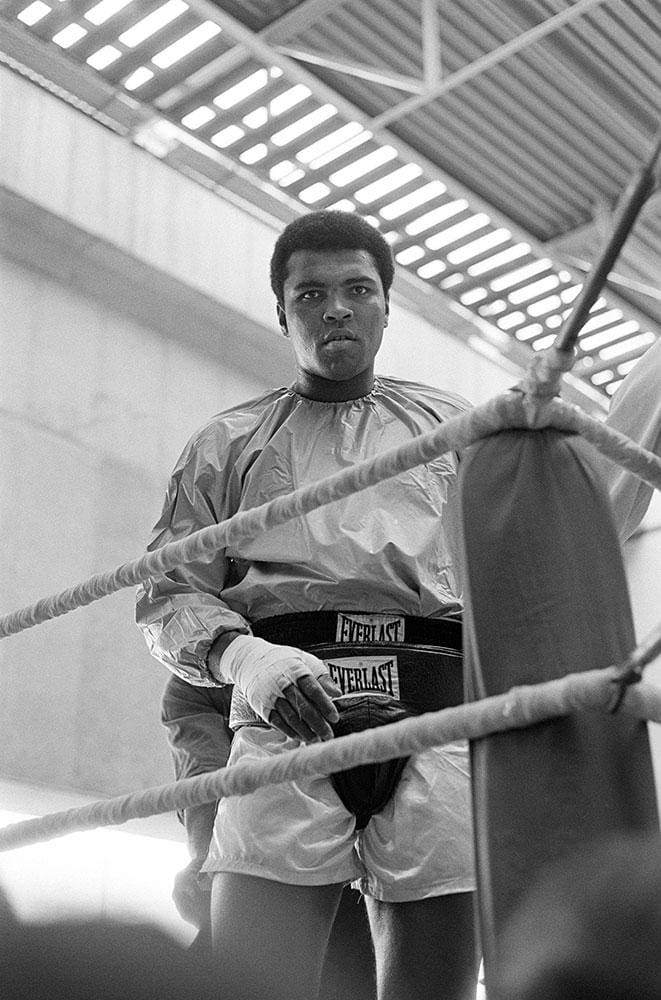
Through the 60s and 70s, O’Neill took some of the most famous snaps of the eras: Mick Jagger wrapped in a fur hood, David Bowie lounging in an armchair and Faye Dunaway reflecting on her newly won Academy Award, an image that now graces the walls of the National Portrait Gallery. His subjects flitted from Audrey Hepburn to Muhammad Ali, Sir Roger Moore to Sir Stirling Moss, and Sir Elton John to HM The Queen.
There have been so many snaps, and so many stories, that a new exhibition at the Iconic Images Gallery in Chelsea, Rare & Unseen, has been dedicated to O’Neill’s lesser-known works, which include the likes of Sir Winston Churchill, Diana Ross and Dame Helen Mirren. A book of the same name, published by ACC Art Book, delves into the stories behind some of his most legendary shots.
“I well remember asking The White House to allow The Sunday Times Magazine, which I then edited, to allow us to document George and Barbara Bush’s first 100 days in power,” writes Iconic Images’ CEO Robin Morgan in the book’s introduction, “a request they politely declined. I responded by offering to commission Terry O’Neill to take the photographs, and suddenly the red carpet was laid out.”
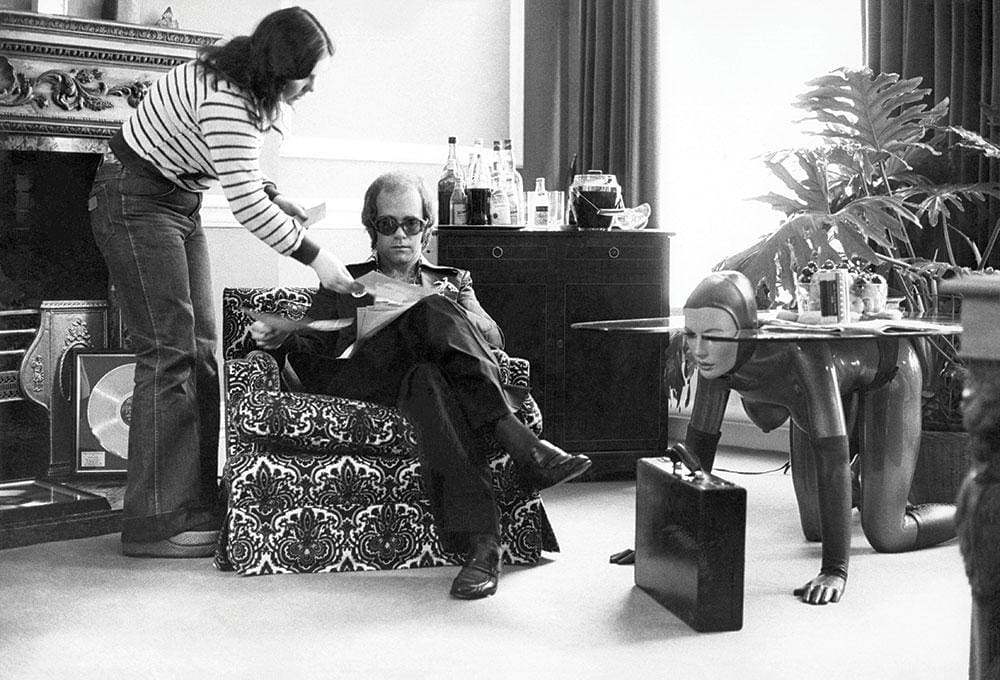
Such is the draw of O’Neill. When The Rolling Stones, then an up-and-coming band playing student nights in pubs and clubs, approached Decca Records, they went armed with his photo shoot. The record company had turned down The Beatles. They didn’t make the same mistake twice.
Even notoriously cantankerous Frank Sinatra was a fan; following a written recommendation from his ex-wife Ava Gardner, the swing singer allowed O’Neill to follow him wherever he went, snapping away and capturing some of the most iconic moments in Sinatra’s career.
Flicking through the book, the photographer laughs as he remembers shooting one particular image of Elton John, perched in an armchair next to one of Allen Jones’s surrealist erotic tables. “Elton hated being photographed, believe it or not. I know it doesn’t seem possible when you think about all of those outlandish costumes he wore, but he did. I would go there with a list and we’d just work our way through it. I photographed him when he was nothing, so when I was with him at the peak of his career it was very easy.”
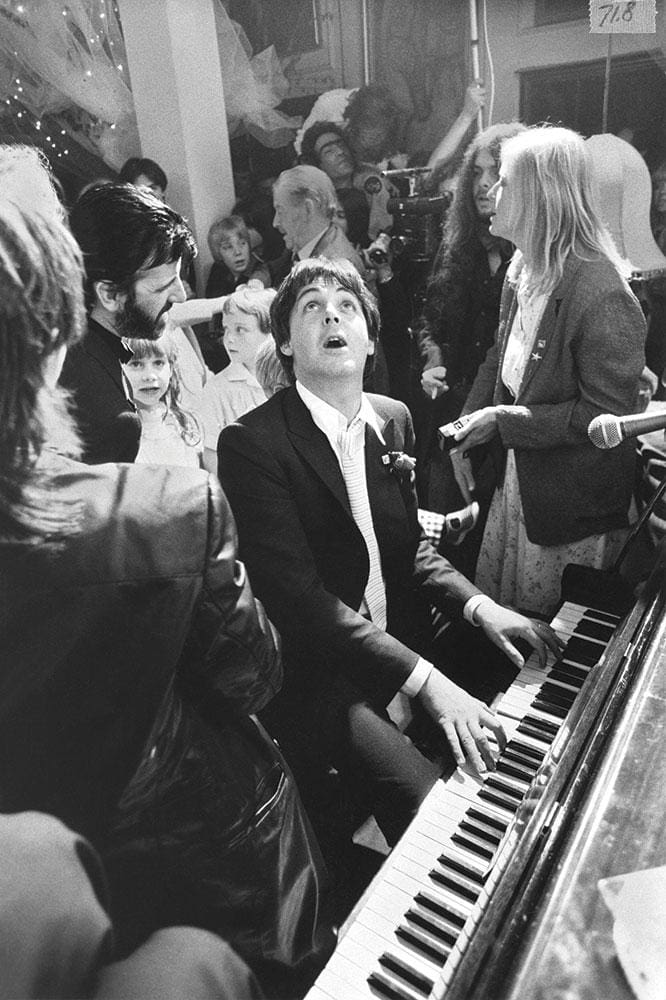
He recalls another picture of Nelson Mandela reading a newspaper on his 90th birthday: “I was his present from his foundation. He came to England for a week and I spent every day with him, in his hotel room or just following him wherever he went. When he was leaving, he gave me a little wave from the car, and I nearly burst into tears; I realised I’d been in the presence of a truly great man.”
Each picture has a back-story, and he recalls them as if they were yesterday. On Stevie Wonder on a climbing frame: “That was taken at a children’s school for the blind in north London. He was fabulous.” On HM The Queen: “She was the only person I’ve ever been nervous about photographing, but she put me at ease immediately. I told her a horse racing joke.” On Audrey Hepburn lounging by the pool: “I do remember that she hated water. What you don’t see are all the people surrounding the pool, ready to jump in if she got scared.”
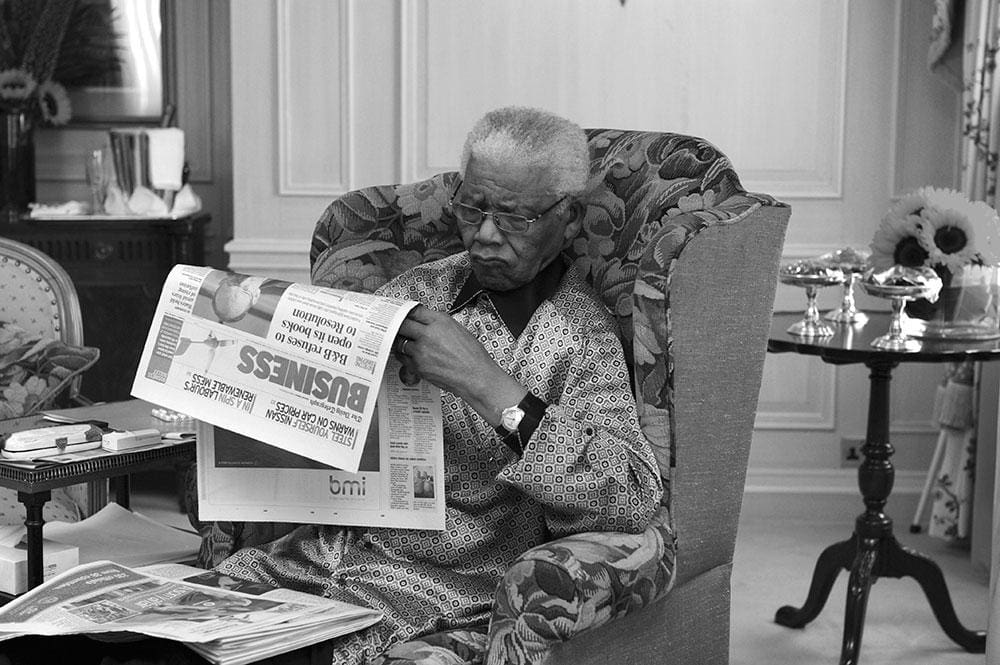
He doesn’t take photographs anymore, mostly due to the fact that he doesn’t think there are any proper stars left to shoot, but if an amazing opportunity did come along – as it did in the case of Mandela – then he would accept. But despite his roll-call of A-list sitters – and a star-studded archive to boot – O’Neill says the walls of his Battersea home are bare, bar a few jazz posters. When it comes to celebrities, he remains refreshingly unfazed.
“I’ve never been star-struck. When I first started working at The Daily Sketch, I seemed to get on well with film stars and musicians, so that’s what they gave me to do,” he shrugs. “It was the world that I got involved in. If you think about it, my first two jobs were The Beatles and The Stones. I started from the top and never looked back.”
Until 30 January, Iconic Images Gallery,13A Park Walk, SW10; Rare & Unseen: A Portfolio of Vintage Prints, published by ACC Art Book, £75, www.accartbooks.com

